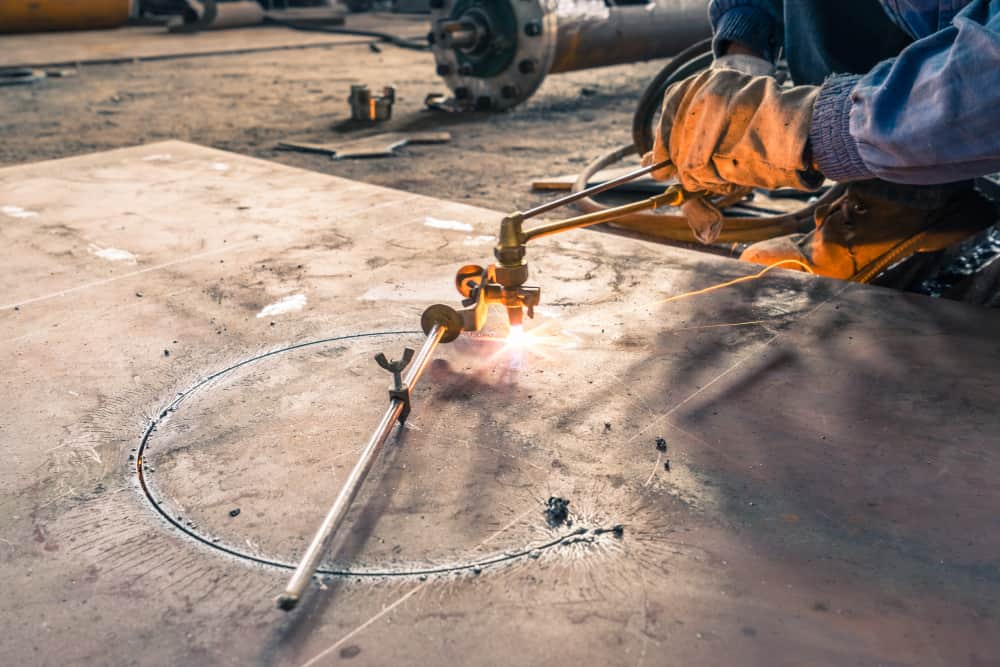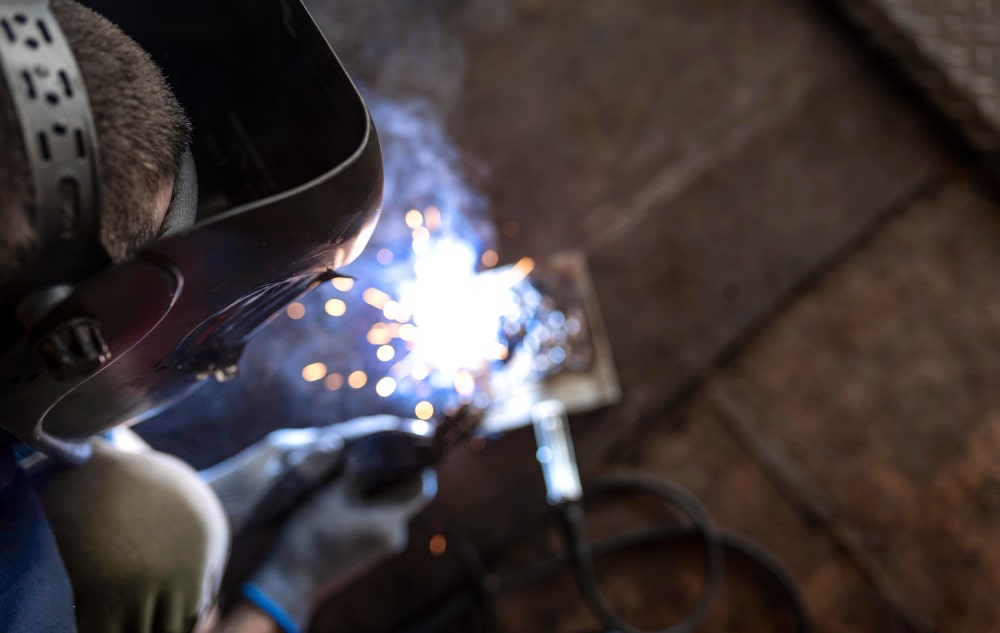Basic Principles of Resistance Welding
Resistance welding generates heat by passing an electric current through metal pieces while applying constant pressure with copper electrodes. The heat melts the metal at the contact point, allowing the pieces to join when the metal solidifies. The key to high-quality welding lies in properly balancing the current application time, the current intensity, and the pressure applied. If any of these factors are not controlled correctly, it can result in overheating of the material or a weak and incomplete joint.
Types of Resistance Welding
There are several types of resistance welding, but two of the most common are spot welding and seam welding. Each has its own specific applications and advantages.
Spot Welding
Spot welding is commonly used in the automobile and appliance industries, where electrodes are placed at specific points to join thin metal pieces, such as steel sheets in an automobile body. This technique is noted for its high precision and speed, facilitating automation and mass production. However, it is less suitable for thicker materials or for creating continuous joints along a line.
Seam Welding
In contrast, seam welding is used to join metal pieces along a continuous line. It employs wheel electrodes that apply pressure and current while moving over the surfaces to be joined, creating a continuous weld ideal for applications requiring a hermetic seal, such as pipes and tanks. This method is especially useful when a continuous joint is needed to withstand internal pressures or ensure impermeability, unlike spot welding.

Advantages and Disadvantages of Resistance Welding
Resistance welding is highly valued for its automation capability, allowing for rapid and consistent production, ideal for mass manufacturing. The absence of the need for filler materials simplifies the process and reduces operational costs. Additionally, this method is energy efficient as the heat is concentrated only at the contact area, avoiding energy waste and providing a clean process with no smoke or sparks, thus improving workplace safety.
However, the process also has its limitations. The initial investment in resistance welding equipment is considerable, due to the need for specialized machinery. Additionally, the quality of welds depends heavily on precise control of variables such as current, time, and pressure, which may require highly skilled operators. This method is particularly effective with conductive materials such as steel and aluminum, but its application is limited with non-conductive materials or certain alloys, which may restrict its use in some industries.
We can say that resistance welding is a key process in modern industry, used in the manufacturing of automobiles, pipes, and tanks. It is crucial for manufacturing professionals to understand its principles and types, such as spot welding and seam welding. Although it has many advantages and some limitations, it remains a valuable and versatile technique in engineering.






